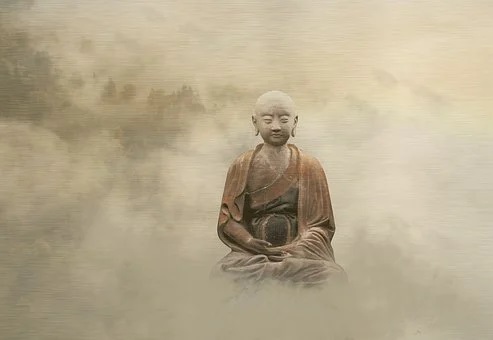It is said in the scripture that ten persons cannot move a heavy log on the ground, but one person can easily pull the log if it’s thrown in the water. Similarly, it is very difficult for sentient beings to go to Sukhāvatī when alive, but much easier while in the intermediate state. It is because beings in the intermediate state, the bardo beings, have no actual body, only mental body—body created by consciousness. Just like in the outer space where there is zero gravity, a little push can point a body to a different direction; mental body can be led to Sukhāvatī with just a little guidance. Of course, one can also choose to be reborn in the pure realms of Maitreya or Padmasambhava, but Sukhāvatī is the most ideal and the easiest to go to, and one will never go back to samsara again from Sukhāvatī. At the same time, we must also take note that if there is any negative condition at this point such as the arising of an evil thought, it will be equally easy to fall into the lower realms.
~Depicted from THE HANDBOOK'S FOR LIFE JOURNEY - On Death And Rebirth-How to Take Rebirth











